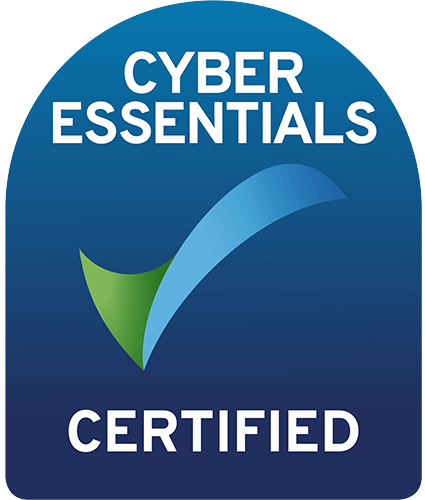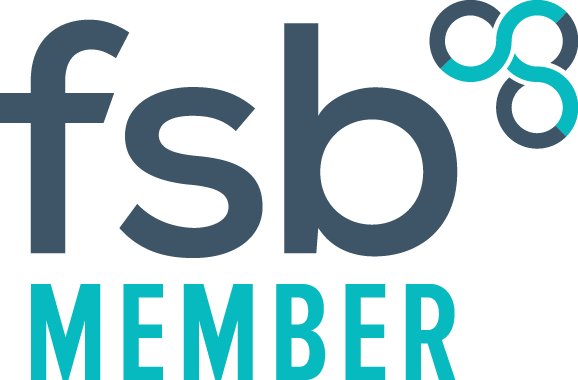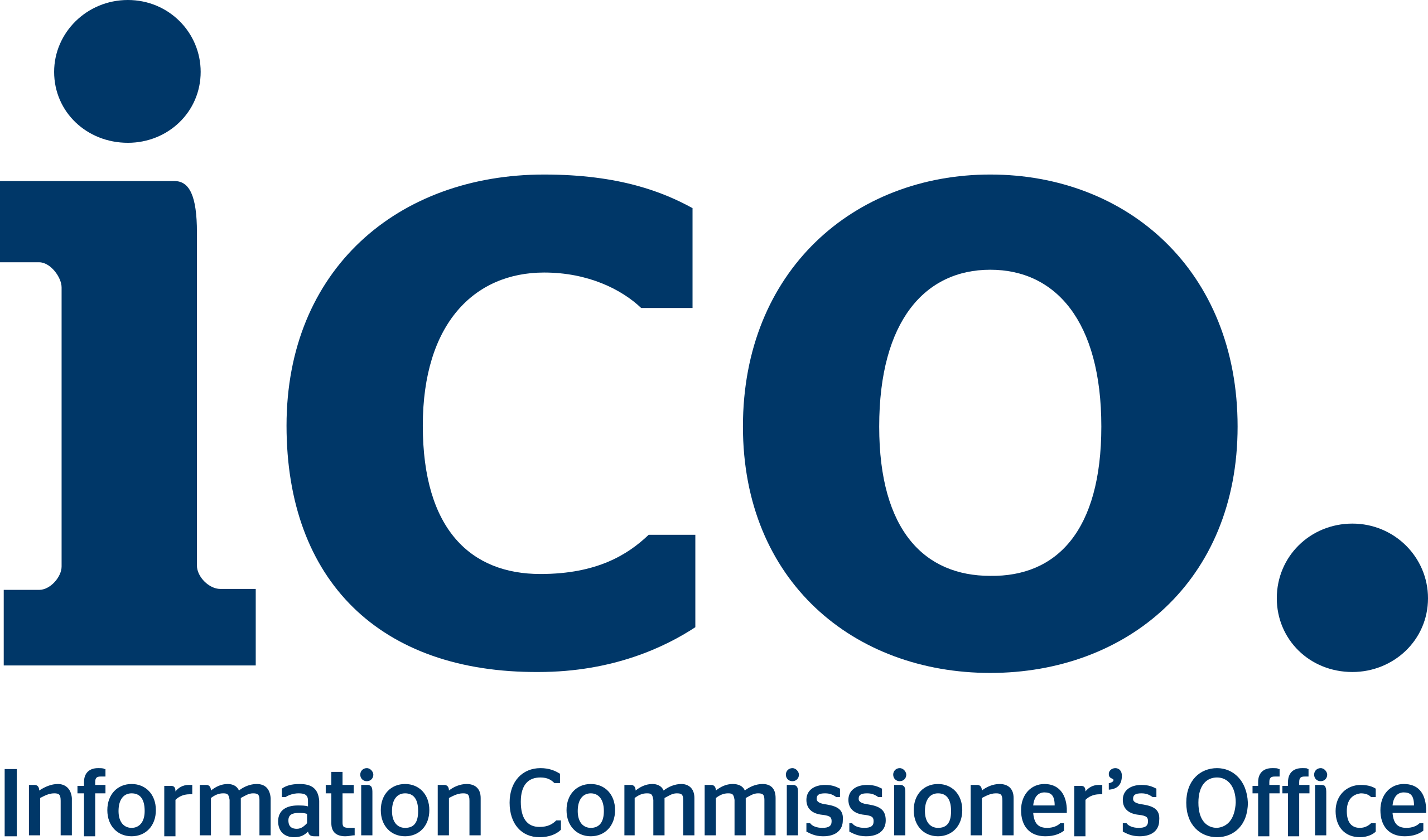Introduction
Google Workspace, formerly known as G Suite, is a powerful collection of cloud-based tools that can help businesses to operate more efficiently. From email to video conferencing, and cloud storage to productivity tools, Google Workspace has a wide variety of features that can be quite beneficial for your business. But how do you get started with Google Workspace?
Here’s a simplified guide to help you get started.
Understanding Google Workspace
Before we dive into the setup process, it’s crucial to understand what Google Workspace is. It’s essentially a suite of cloud-based productivity and collaboration tools developed by Google. This collection of tools can help manage tasks like sending emails, scheduling meetings, storing files, and creating various documents.
Setting Up Google Workspace
Step 1: Creating a Google Workspace Account
The first step in setting up Google Workspace is creating an account. You’ll need to choose the right plan for your business. Google offers several different plans, each with their own features and pricing. Once you’ve decided on a plan, you can sign up for Google Workspace.
Step 2: Verifying Your Business Domain
After creating your account, the next step is to verify your business domain with Google. This is a necessary step to prove to Google that you own the domain you want to use for your Google Workspace account.
Step 3: Setting Up Users and Groups
Once your domain is verified, you can start setting up users and groups. This involves adding users (employees) to your Google Workspace and creating groups for better collaboration. Groups can be designed based on departments, project teams, or any other criteria that suit your business needs.
Step 4: Configuring Your Google Workspace
The final step in the setup process is configuring your Google Workspace. This includes setting up Gmail for your business and configuring other Google Workspace apps such as Calendar, Drive, and Meet. These tools can help improve productivity and collaboration among your team.
Tips for Using Google Workspace Effectively
After you’ve successfully established Google Workspace in your business operations, it’s important to utilise it to its full potential. This doesn’t just mean using it, but rather using it effectively and efficiently. It’s crucial to gain a deep understanding of the recommended best practices for using Google Workspace within your specific business context. This knowledge can help you maximise productivity, enhance communication, and foster collaboration within your team. Moreover, not everything may run smoothly all the time; there could be instances of technical glitches or other common issues. Being well-prepared to troubleshoot these issues promptly and effectively is a key aspect of ensuring the seamless functioning of Google Workspace in your business environment. So, in addition to becoming well-versed with its features, it’s equally important to learn about common problems that may arise and how to resolve them.
Conclusion
Setting up Google Workspace for your business might seem daunting at first, but by following these steps, you can make the process much simpler. Remember, the impact of Google Workspace on your business can be significant, providing a more streamlined, efficient way of working. So, take the next steps and set up Google Workspace for your business today!
For effective Google Workspace Management, visit our website






